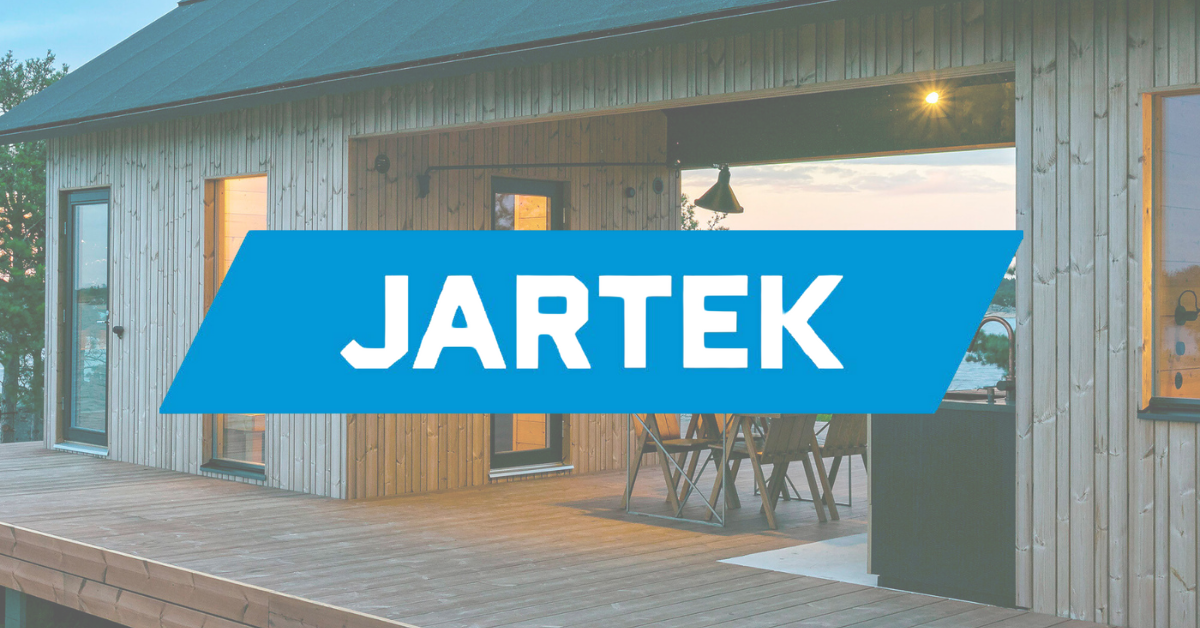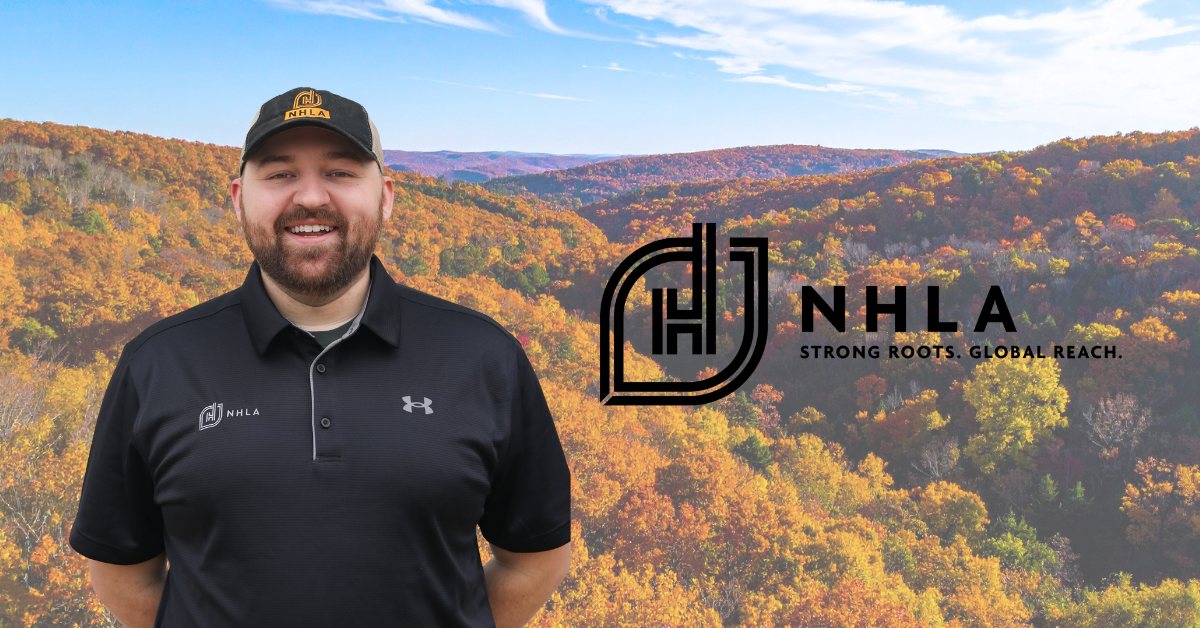New Uses for Red Oak in US
By Tripp Pryor, AHEC International Program Manager
The US Military recently designated American red oak as the preferred material for floorboards and cargo beds in its vehicles. The goal is to incentivize the use of a sustainable, local material over an imported tropical species that has been classified as critically endangered. Apitong, or Keruing wood, is the third largest tropical species imported to the United States, and the majority of the roughly 11.5 million board feet imported each year goes into truck beds. The graph shows this volume of apitong imports (in gold) compared to our largest red oak export markets (in green), excluding China and Canada. Obviously, there are differences in grades for each market, but the volume of this market opportunity highlights how important it is to search out not just new countries for trade, but new uses for our material. The shift from apitong to red oak, led by the Hardwood Federation and other industry groups, is a tremendous win for American hardwoods. If a significant portion of apitong imports is replaced with red oak, this will essentially create a new demand source on par with the entire Middle East red oak market (11.6 million board feet in 2023).
The United States Defense Logistics Agency (DLA) made a Commercial Item Description evaluating this change and states: “Foreign sourcing of now DoD-banned Apitong, critically endangered since 1998, was unsustainable, counter to numerous homologated U.S. Government regulatory/ethical commitments for responsible environmental stewardship in procurement, and non-compliant with the Trade Agreements (1979, 19 U.S.C. §§ 2501-2581) & Buy American (1933, 41 U.S.C. §§ 8301-8305) Acts. Northern Red Oak is classified as ‘least concern for extinction’ and is the main commercial species group of Oak lumber produced by the domestic hardwood industry, with abundant new growth greatly exceeding harvest throughout its native range of the eastern half of the continental U.S. Red Oak is strong, abrasion resistant, readily absorbs preservative treatment, is cost-effective, has much lower embodied transit CO2 emissions than Malay Apitong, and has a prolific renewable-sustainable supply from a known homeland forest products supply chain/workforce.”
Driving exports to new regions and customers is important, but by identifying completely new markets for our material or transform-ing our material into something new, our industry can unlock huge volumes of demand in a short amount of time. Creating a new use for red oak is the driving force behind many of our global projects, including the latest feature at the London Design Festival: VERT. Made out of red oak glulam and thermally modified red oak, VERT creates an urban cooling environment as the canopy is covered in native climbing plants that cools the surrounding airspace by as much as 8ºC, cast four times more shade than a 20-year-old tree, and produce as much biomass as an 80-year-old lime tree – all through the use of climbing plants grown over the course of a single summer. This project, along with our other works in thermally modified timber and yellow poplar (tulipwood) CLT, work to include American hardwoods in the structural discussion, and create this type of new market for our products. For more information on AHEC projects to develop new markets, please visit www.americanhardwood.org. As we can see with the US military’s shift from apitong to red oak, these new opportunities can make a big difference for all of us.
Share:
Related News & Blog

November 5, 2025

November 5, 2025
Questions?
Have questions or need any assistance regarding the NHLA Annual Convention & Exhibit Showcase?
